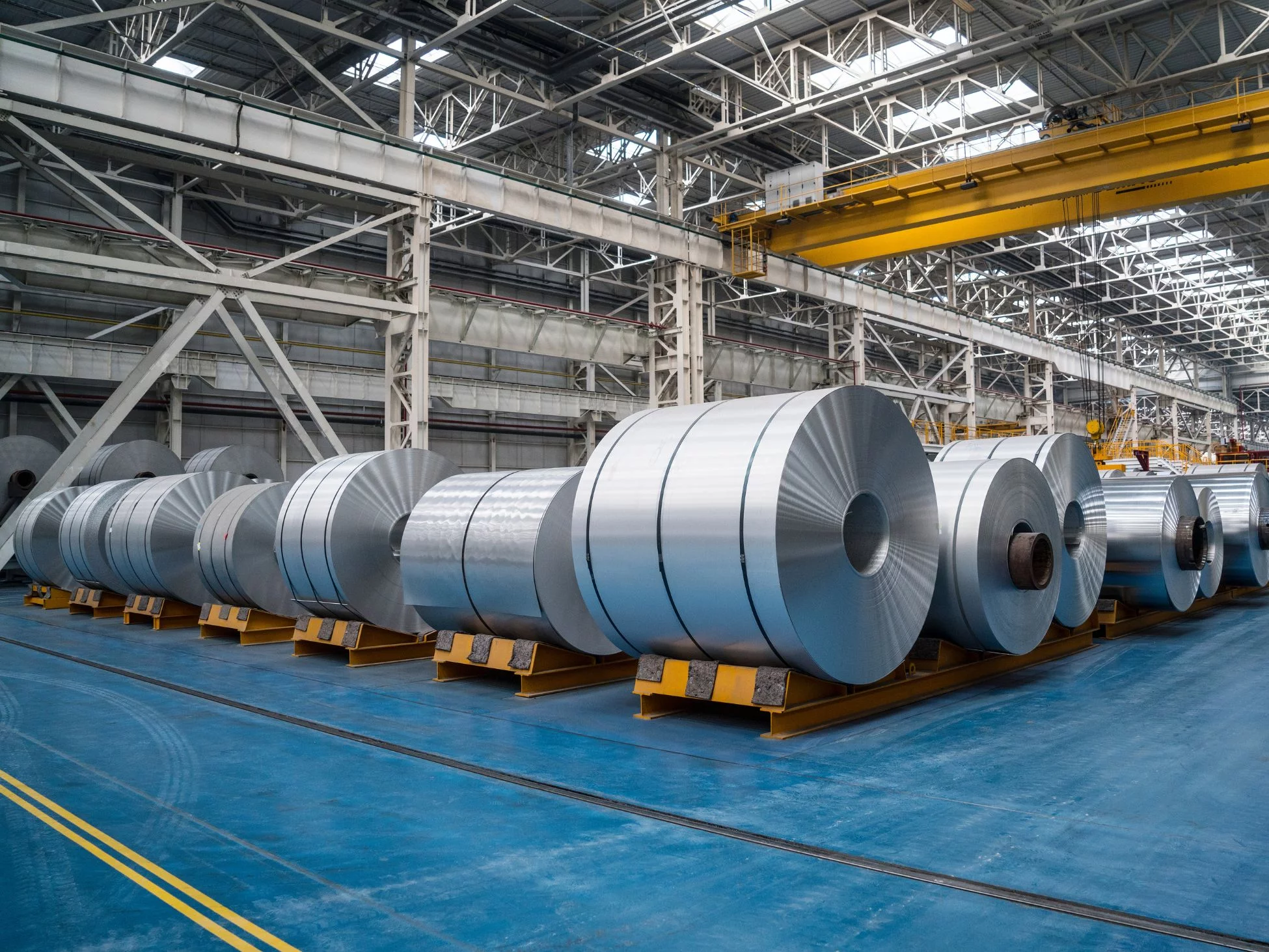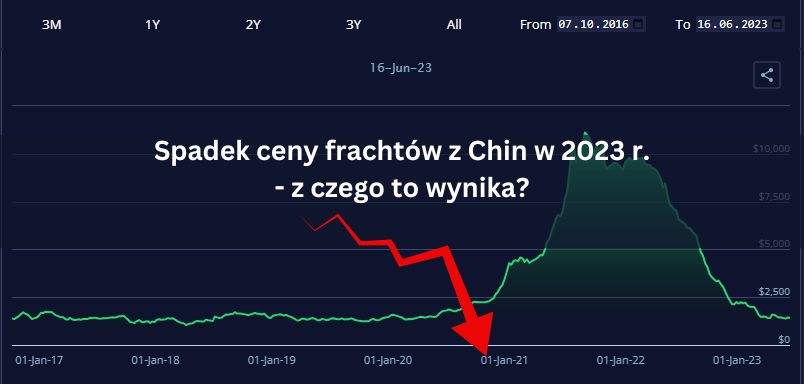Exports play an important role in the Malaysian economy. As an export-focused country, Malaysia relies heavily on trade with other countries for its economic development. This fuels economic growth, creates new jobs, attracts foreign investment and generates revenue from international trade.
Malaysia exports a variety of products that significantly support its economy. Key export commodities include:
- Electrical and electronic products
- Palm oil
- Crude oil and liquefied natural gas (LNG)
- Natural rubber
- Chemicals and chemical products
- Automotive parts and components
- Natural gas and liquefied natural gas (LNG)
- Wood and wood products
- Medical devices
It is worth noting that the products listed are only part of Malaysia's rich export portfolio. The country also exports textiles, machinery, processed food products and much more. With diverse industrial sectors involved in exports, Malaysia benefits from employment, foreign trade income generation and economic growth.
Value of Malaysia's Exports 2010-2022
Sea transport from Malaysia to Poland
The most commonly used mode of transport from Malaysia is the maritime transport, mainly due to its attractive prices and high load capacity. We offer the option of shipping full FCL containers of various sizes, such as 20DV, 40 DV, 40 HC, as well as handling smaller LCL general cargo. In addition, there is the option of shipping small consignments, where different loads consolidated are with several senders and sent in one container.
How long does it take to ship from Malaysia to Poland by sea ?
Shipping by sea from Malaysia takes between 29 and 59 days depending on the service you opt for.
Air transport from Malaysia to Poland
Air transport from Malaysia represents the fastest option for transporting goods, although it is also the most costly. Delivery time ranges from 2 to 9 days, depending on the transport service chosen. The cost of transport is calculated in kg, the more kg of cargo we ship the lower the price.
Air transport rates are calculated per kilogram of cargo. However, there are occasions when cargo weighs very little and takes up a lot of space by volume. For this reason, airlines have adopted the principle of calculating payable weight and actual weight. If the weight of the cargo on 1 CBM exceeds 167 kg, the actual weight, i.e. how much the cargo actually weighs, is used. However, if, for example, the cargo weighs 100 kg and occupies 1 CBM, the weight will not be calculated from the actual weight, but from the payable weight, i.e. we will pay for 167 kg.
In air transport, the larger the cargo we send, the better the rates we can count on. The rate per kilo of cargo when shipping 1,000 kg will be much lower than when shipping 100 kg.






